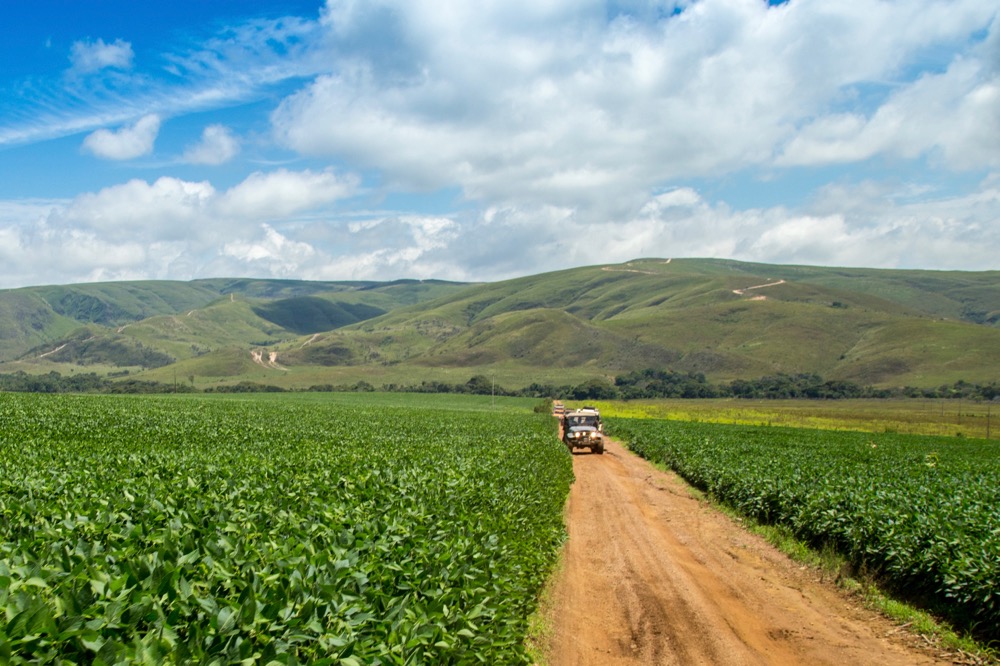Brazilian soybeans/corn turn around, but jury out on Argentina

Glacier FarmMedia | MarketsFarm — Brazilian soybean and corn crops have shown great improvement, while “the jury is still out for Argentina,” said Michael Cordonnier of Soybean and Corn Advisor Inc. in Hinsdale, Ill.
The crop consultant who specializes in South America said soybean planting in Brazil has dramatically turned around to being the second fastest on record at 54 per cent complete for early November. Cordonnier pointed to the above average rainfall Brazil received in October following a very dry September.
“The soybeans are germinating and emerging uniformly. The crop is in good condition for what’s up already,” he said, noting he’s very optimistic about the crop, projecting it to be 165 million tonnes.
Read Also


Vancouver port to shut out foremen as work stoppage begins
Port of Vancouver foremen were locked out on Monday after failing to withdraw a strike notice at Canada’s largest port, CBC is reporting, potentially impacting exports of coal, potash and beef although not bulk grain shipments.
“That might go up if the weather continues to co-operate,’ Cordonnier added.
As for Brazilian corn, he said the country’s first crop was 59 per cent planted, with some states such as Parana almost finished.
Cordonnier estimated that first crop at 23 million tonnes and the second crop, known the safrinha crop and planted in January and February, at 100 million tonnes.
“The concern was a month ago everybody thought the soybeans would be planted extra late and there wouldn’t be enough safrinha corn. That scenario has changed somewhat,” he explained.
Cordonnier said he’s not as optimistic when it comes to Argentine soybeans and corn.
“The weather in Argentina has not caught on as good as in Brazil. They’ve been having light to moderate showers,” he said, adding that’s the weather outlook for the next two weeks.
While soybeans planted in Argentina was only 3.3 per cent finished, Cordonnier said corn planting was at 34 per cent done.
A major benefit to Argentina corn so far this year he stressed was the estimated 90 per cent decline in corn leafhoppers compared to last year.
In 2023/24, corn leafhoppers spread spiroplasma disease that cut into the country’s corn output and made growers wary about this year’s crop.
“A month or two ago, everybody including myself thought farmers would reduce their (corn) acres because they were afraid of the leafhoppers and low prices,” Cordonnier commented.
But with improving weather, far fewer corn leafhoppers and prices beginning to rise, he suggested there could be more corn seeded in Argentina in 2024/25 than initially anticipated.
Source: Farmtario.com

